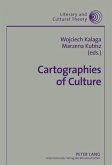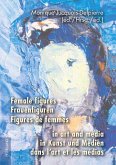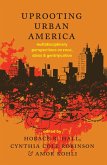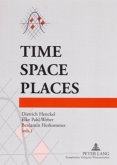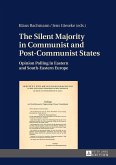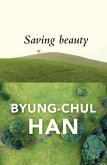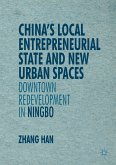Urban public space continues to be the focus of debate regarding its conceptualization and how it is designed, (re)produced and managed. Nowadays public spaces are facing new challenges conceptually and practically. This book focuses on two of them: mobility and aestheticization.
Mobility and flows are considered to be key characteristics of the post-modern era. While for some scholars it means the «end of place», others are trying to re-conceptualize it by bringing together notions of space, place, mobility and identity. Still surprisingly few authors address the concept of public space in this respect. Principles of aesthetic and diverse forms of aestheticization seem to have affected urban space and culture throughout Modernity, forming a dimension where power and conflict around urban space are performed. In this book nine authors with social science and arts backgrounds from six countries discuss how these processes shape the life of modern cities, and where the social sciences should move for a better understanding of them.
Mobility and flows are considered to be key characteristics of the post-modern era. While for some scholars it means the «end of place», others are trying to re-conceptualize it by bringing together notions of space, place, mobility and identity. Still surprisingly few authors address the concept of public space in this respect. Principles of aesthetic and diverse forms of aestheticization seem to have affected urban space and culture throughout Modernity, forming a dimension where power and conflict around urban space are performed. In this book nine authors with social science and arts backgrounds from six countries discuss how these processes shape the life of modern cities, and where the social sciences should move for a better understanding of them.


